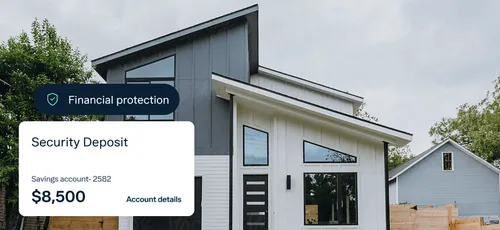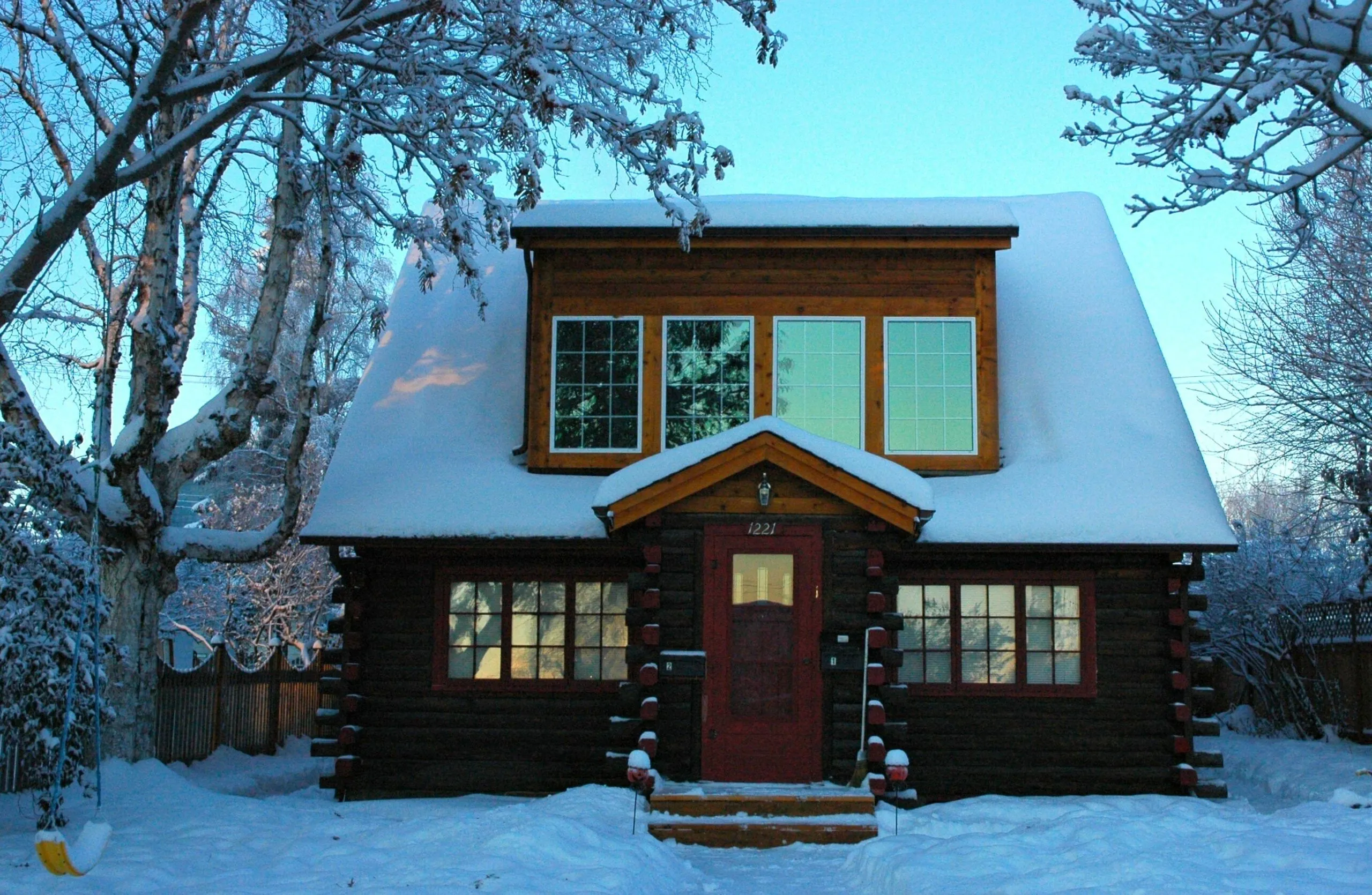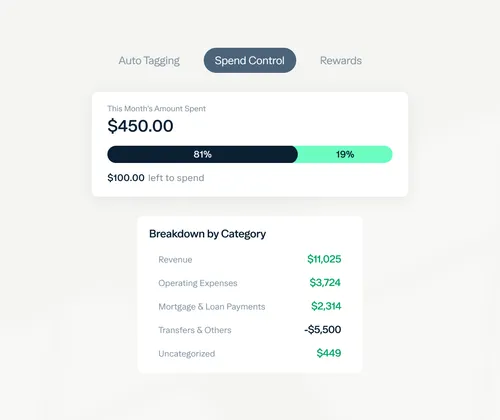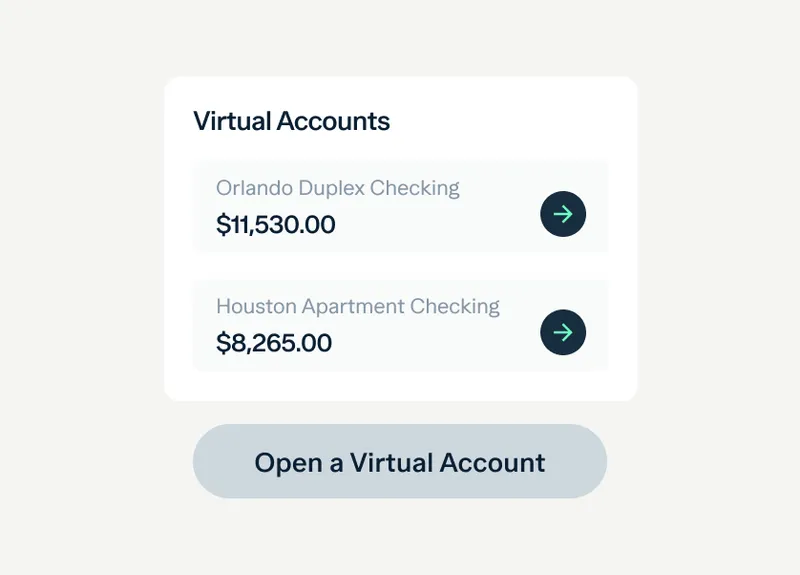In Alaska, the maximum security deposit a landlord can charge is typically not more than two months' rent. However, this limit does not apply to rental units with more than $2,000 per month. A pet deposit can also be charged, up to one month's rent, separate from the security deposit. Landlords don't need to pay interest on deposits in Alaska. After termination of tenancy with proper notice, landlords must return the deposit with an itemized deduction list within 14 days. If the tenant didn't give proper notice or caused damage, this extends to 30 days.
Security deposit rules in {{ state }}
Limit: In Alaska, landlords may collect a tenant security deposit of up to two months’ rent if the monthly rent is $2,000 or less. If the rent exceeds $2,000 per month, there is no legal limit on the deposit amount. The tenant deposit amount must be clearly stated in the lease agreement before move-in.
Return Deadline: The landlord must return the tenant deposit within 14 days after the tenant moves out if there are no deductions. If deductions are made for damages or the tenant fails to give proper notice, the landlord has up to 30 days to return the remaining balance and provide an itemized statement of deductions.
Acceptable Deductions: Unpaid rent, late fees, and damages beyond normal wear and tear. Cleaning costs necessary to return the property to its original condition may also be deducted, provided they are reasonable and documented.
Where to Deposit: Landlords in Alaska are not legally required to hold tenant deposits in a trust account, but it is recommended to do so. If used, the account should be a separate trust or escrow account to ensure transparency and compliance with best practices (per Alaska Statute AS 34.03.070(c)).











